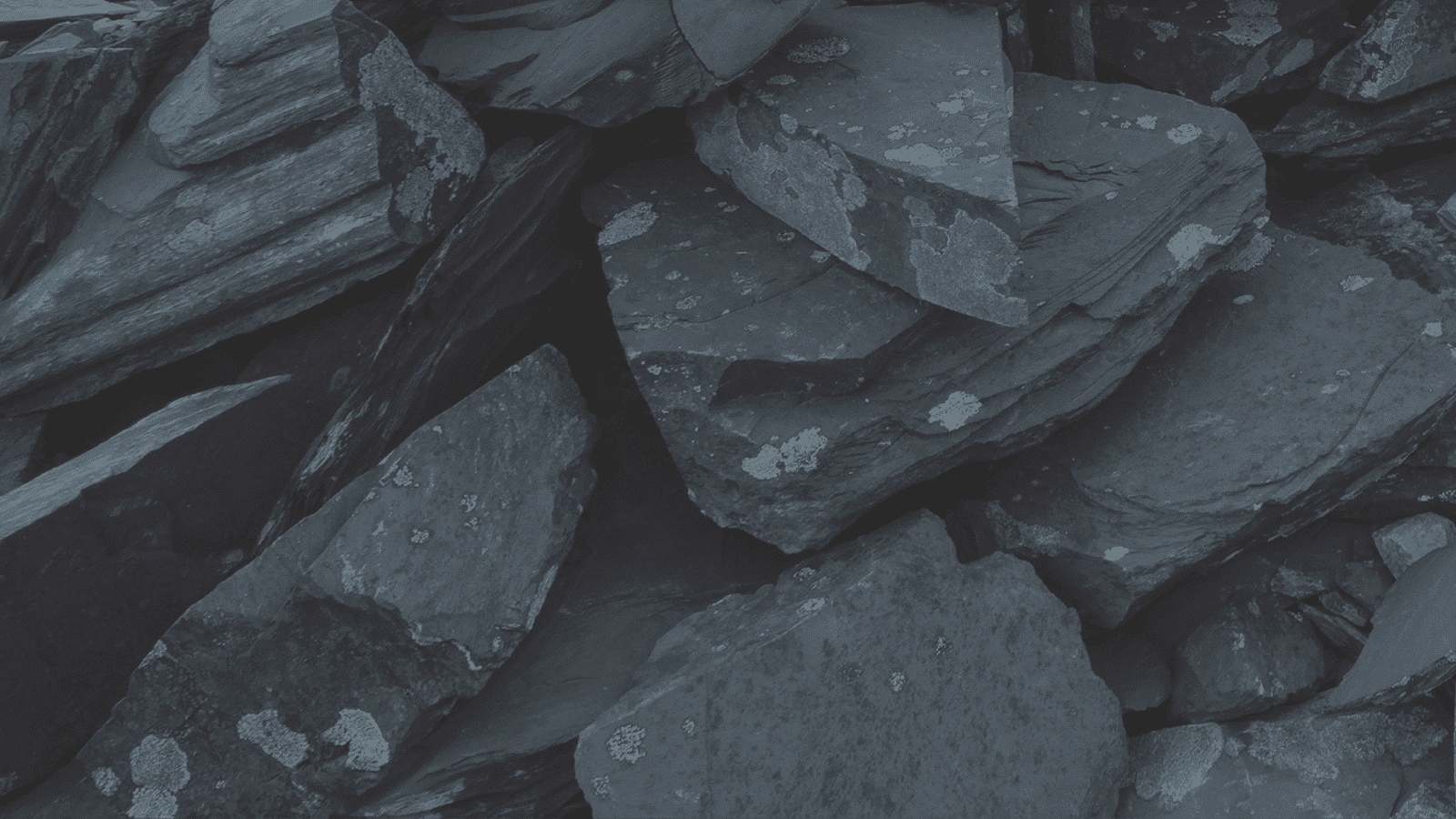In Target and Oasis montaj, sometimes you need to create a polygon file for windowing (i.e. windowing a grid to a polygon to make a new smaller grid) or masking (i.e. applying to mask to a database channel, or hiding a map group outside a polygon boundary).
The first step is creating the polygon *.ply file. If you are starting with an ESRI Shapefile, [you can import the Shapefile to a map, and use Create PLY File from Map Group. However, if the Shapefile contains polylines, rather than closed polygons, or if there are many items in the map group and editing would be required to isolate the polygons] then you can “blow up” a polygon shapefile when you import it to a Geosoft database. This means that you will have a point for every polygon vertex or node, instead of just a record for the centre of the polygon [or polyline].
First, import the Shapefile to a new database using Database > Import > ArcView Shapefile(s). In the ArcView Shape File Import dialog, set Import data to to “New database with shape database(s)”. When the import is complete, you will see a new {filename}_Shapes.gdb, where each polygon will be stored in a separate line in the database.
To create the *.PLY file, export to an XYZ file and change the line references to poly tags:
poly 1 -17338.70 52620.96 -10705.64 -13104.83 -13508.06 -12096.77 -31552.41 53427.41
And remember to add the coordinate system information if you are working in multiple coordinate systems.





